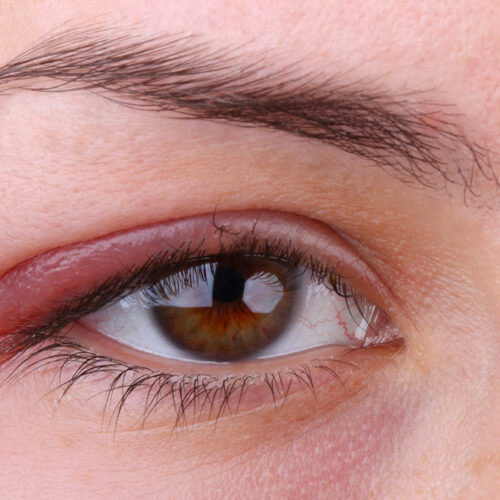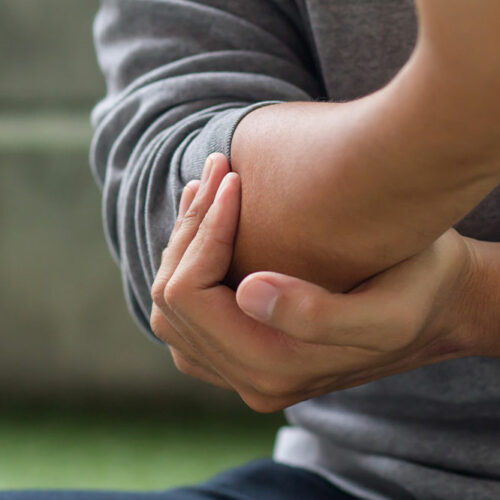What you need to know about dehydration

Dehydration is a condition in which the body loses more fluid than it takes in. As a result, the body does not have enough fluids to carry out its regular functioning. If you do not replace these lost fluids, then your body will get dehydrated. Anybody can become dehydrated, and the condition can be quite dangerous for both adults and children. In the following article, we will discuss the different aspects of dehydration, to help you understand it better. Symptoms of dehydration The common symptoms which point to cases of dehydration may differ based on age. In infants or young children, symptoms such as dry mouth or tongue, are the earliest indicators of dehydration.






